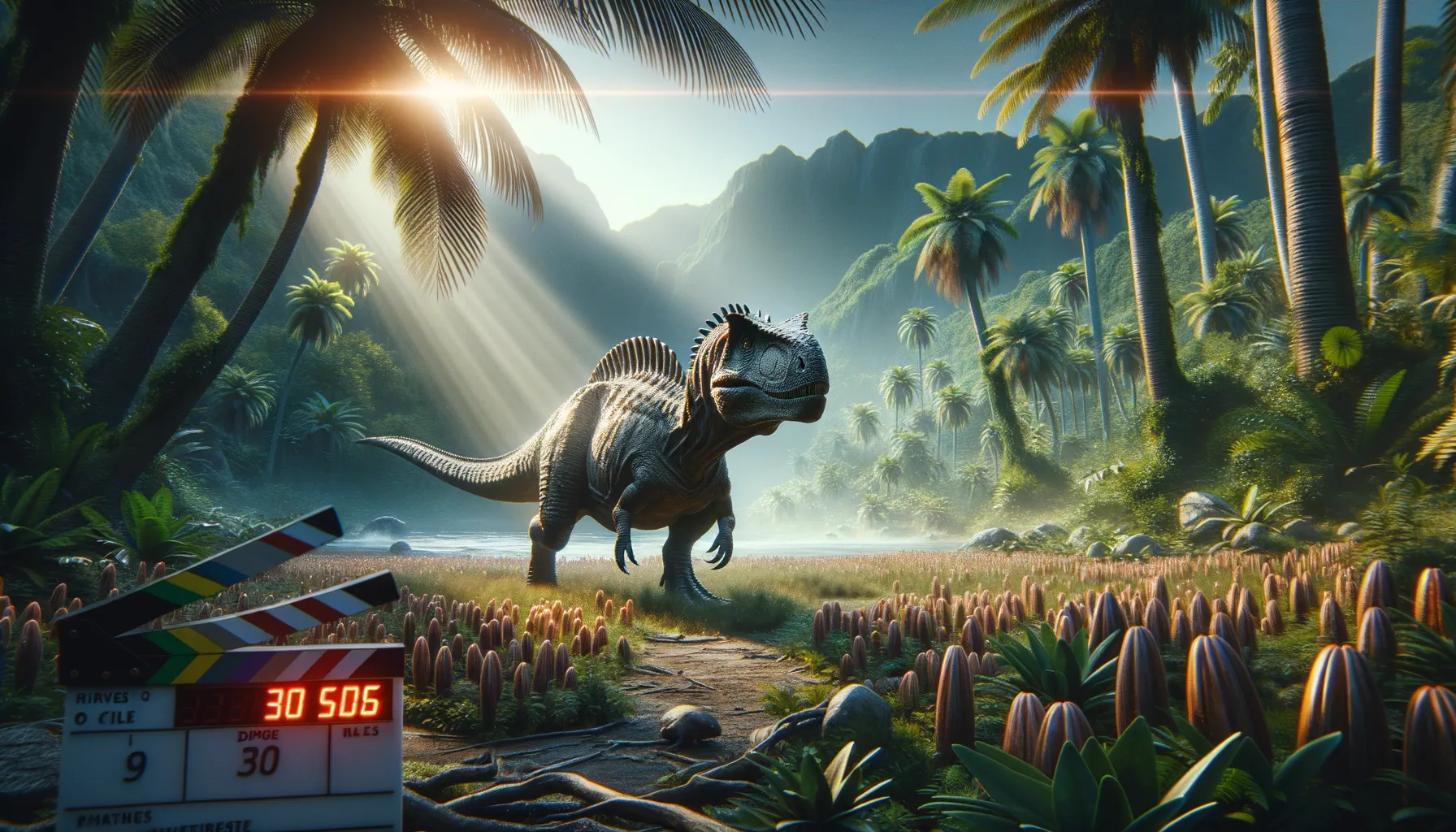
Zhongyuansaurus
Armored giant of the Cretaceous era.
Period
Cretaceous
Length
About 4 to 5 meters in length.
Height
Stood approximately 1.5 meters tall.
Weight
Estimated to weigh between 1 to 2 tons.
Zhongyuansaurus was a medium-sized ankylosaur known for its distinct armored plates and club-like tail. It thrived during the Cretaceous period in what is now China. This dinosaur lived in a diverse environment, surrounded by various plant and animal species. Its heavy armor and tail club were defensive features that protected it from predators. Zhongyuansaurus provides valuable insights into the evolution and behavior of armored dinosaurs.
Diet
Zhongyuansaurus was herbivorous, feeding primarily on low-lying vegetation. Its diet consisted of ferns and cycads, which were abundant during its time.
Hunting
As a herbivore, it did not hunt other animals. Instead, it focused on grazing across wide territories to meet its nutritional needs.
Environmental challenges
Living in lush environments, Zhongyuansaurus faced challenges like climate fluctuations that could affect food availability. It had to adapt to diverse landscapes and potential competition with other herbivores. Natural disasters like volcanic activity also posed threats to its habitat.
Speed
It was slow-moving due to its heavy armor.
Lifespan
Lifespan likely ranged from 20 to 30 years.
First discovery
First discovered in Henan Province, China, in 2007.
Fun Facts
- Zhongyuansaurus was a type of dinosaur known for its armored exterior, making it look much like a living tank in the Cretaceous period.
- This dinosaur lived approximately 92 million years ago, and its fossils were discovered in present-day China.
- Zhongyuansaurus was a herbivore, feeding on the plants of its time, much like a prehistoric lawnmower!
- It was part of a group called Ankylosaurs, which were known for their heavy body armor and club-like tails used for defense.
- The full name of this dinosaur in scientific terms is Zhongyuansaurus luoyangensis, named after the region in China where it was found.
- Despite their formidable defenses, Zhongyuansaurus likely had to stay on high alert to avoid predators like large theropods.
- Zhongyuansaurus fossils provide important clues about the diversity and distribution of armored dinosaurs in ancient Asia.
Growth and Development
Zhongyuansaurus grew slowly over the years, taking decades to reach full size. Its armor became more pronounced with age, providing better protection. Younger individuals were more vulnerable to predation, relying on group dynamics for safety.
Habitat
It lived in areas with dense vegetation, providing ample food supplies. The region's rivers and streams created a rich environment for vegetation to thrive. Seasonal changes might have influenced its migration patterns in search of food.
Interaction with other species
Zhongyuansaurus shared its environment with various herbivores and carnivores, competing especially with other plant eaters. Its interactions were likely defensive, using its tail as a warning signal against threats. It may have formed herds, aiding in protection and social interaction.
Natural lifespan
In the wild, its natural lifespan was about 20 to 30 years.
Reproduction
Reproduction occurred via laying eggs in nests built on the ground. Parental care was likely limited, though nesting sites may have been reused for protection. Hatchlings were highly vulnerable, many not surviving to adulthood.
Social behaviour
It likely lived in small, defensive groups to enhance survival. Communication could have involved vocalizations or signals, especially when threatened. Social structures were likely simple, focusing on mutual protection.
Fossil locations
Fossils have been found primarily in Henan Province, China. These finds help scientists understand the dinosaur's distribution and environmental context. Ongoing excavations may uncover more about its ecological role.
